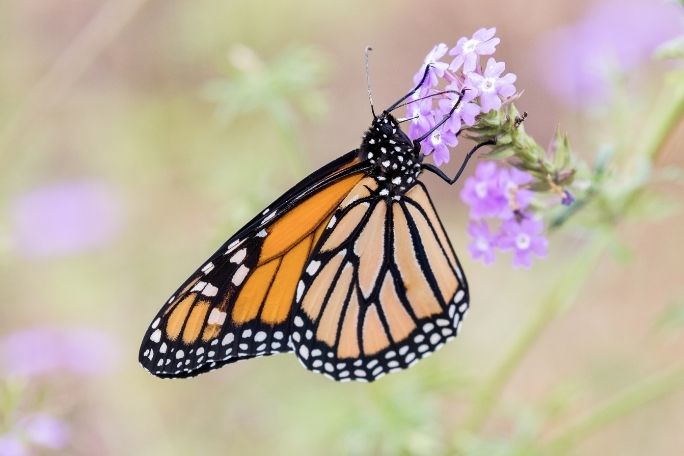Lesson summary
Students explore the features of invertebrates using descriptive words (adjectives). They begin by thinking about how adjectives help us to explain and understand everyday objects, before applying descriptive words to images of invertebrates. They are then given a range of adjectives and are asked to invent an invertebrate based on these words. They create a 3D model of this invertebrate and share it with the class through a gallery walk format.
Learning intentions:
Students will...
- understand what an invertebrate is
- Students understand what an adjective is and how it can be used.
Success criteria:
Students can...
- use adjectives to describe invertebrates
- creatively interpret adjectives to invent their own invertebrate
- create a 3D model of an invertebrate
- work independently and collaboratively
- participate in class and group discussion.
Lesson guides and printables
Lesson details
Curriculum mapping
Australian Curriculum content descriptions:
Foundation English:
- read and write some high-frequency words and other familiar words (AC9EFLY14)
- explore the contribution of images and words to meaning in stories and informative texts (AC9EFLA07)
Foundation Science:
- explore the ways people make and use observations and questions to learn about the natural world (AC9SFH01)
- engage in investigations safely and make observations using their senses (AC9SFI02)
- represent observations in provided templates and identify patterns with guidance (AC9SFI03)
Year 1 English:
- understand that words can represent people, places and things (nouns, including pronouns), happenings and states (verbs), qualities (adjectives) and details such as when, where and how (adverbs) (AC9E1LA07)
- read and write an increasing number of high frequency words (AC9E1LY14)
Year 1 Science:
- identify the basic needs of plants and animals, including air, water, food or shelter and how the places they live meet those needs (AC9S1U01)
- sort and order data and information and represent patterns, including with provided tables and visual or physical models (AC9S1I04)
- write and create texts to communicate observations, findings and ideas, using everyday and scientific vocabulary (AC9S1I06)
Syllabus outcomes: ENe-8B, EN1-9B, EN1-4A, STe-8NE, STe-4WS, ST1-10LW, ST1-4WS
General capabilities: Critical and creative thinking, Literacy
Cross-curriculum priority: Sustainability
Relevant parts of Foundation English achievement standards: Students read high-frequency words and blend sounds orally to read consonant-vowel-consonant words
Relevant parts of Year 1 English achievement standards: When reading, students use knowledge of the relationship between sounds and letters, high-frequency words, sentence boundary punctuation and directionality to make meaning
Relevant parts of Foundation Science achievement standards: Students suggest how the environment affects them and other living things
Relevant parts of Year 1 Science achievement standards: Students describe how different places meet the needs of living things
This lesson is part of the wider unit of work: Investigating Invertebrates – Lower Primary
Resources required
- Drawing materials
- Invertebrate Adjectives
- Invertebrate Adjectives – To Cut Out
- Invertebrate Flashcards
- Materials for creating 3D models (such as modelling clay, playdough or art materials)
- Whiteboard
Skills
This lesson is designed to build students’ competencies in the following skills:
- Communication
- Creativity
- Critical thinking
- Collaboration
Additional info
Time required: 60 mins
Level of teacher scaffolding: Medium – lead students in class discussion, assist students in reading words and applying words to inventing invertebrates
This is an original Cool+ lesson.


Welcome back!
Don't have an account yet?
Log in with:
By signing up to Cool.org you consent and agree to Cool's privacy policy to
store, manage and process your personal information. To read more, please see
our privacy policy here(Opens in new tab).
Create your free Cool.org account.
Many of our resources are free, with an option to upgrade to Cool+ for premium content.
Already have an account?
Sign up with:
By signing up to Cool.org you consent and agree to Cool's privacy policy to
store, manage and process your personal information. To read more, please see
our privacy policy here(Opens in new tab).